

Planning a Europe trip by car with your family? Here are some tips to keep in mind!
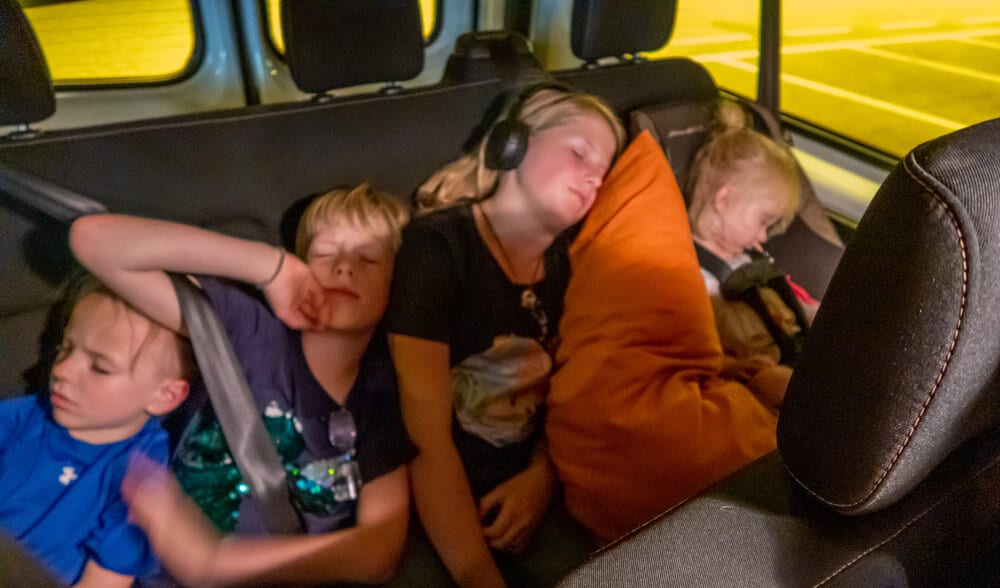
*Disclaimer: This post may contain affiliate links. Opinions shared are my own, and I only endorse products I support. By clicking on any of the links below, I may get a small commission if you purchase at absolutely no additional charge to you. I appreciate your support.*
Driving through your Europe trip is easy peasy. We drove through the following countries:
Portugal
Andorra
Spain
Gibraltar
Morocco
France
Italy
Bosnia
Serbia
Croatia
Luxembourg
Belgium
Germany
Switzerland
1. You’ll be driving on the right side of the road. Unlike where we are now, in New Zealand, you’ll always be on the right side of the road for the countries above and, I believe, all of continental Europe. I will attest to the difficulty of driving on the left for those of us who grew up training on the right. It is no small feat! However, it’s not something to worry about in the countries above.

2. Road signs are fairly logical. That being said, it’s always a good idea to look up basic road signs before entering a country. When we rented an RV in New Zealand, they made us watch a video about road signs, which was really helpful! However, we were not as prepared in our European road-tripping and it was all OK. It helps that newer cars are quite smart and often display the speed limit near your speedometer. I know at one point driving in Germany we hit an autobahn as the speed limit sign disappeared and would re-appear as we neared a freeway exit. Plus, some people were going really fast!
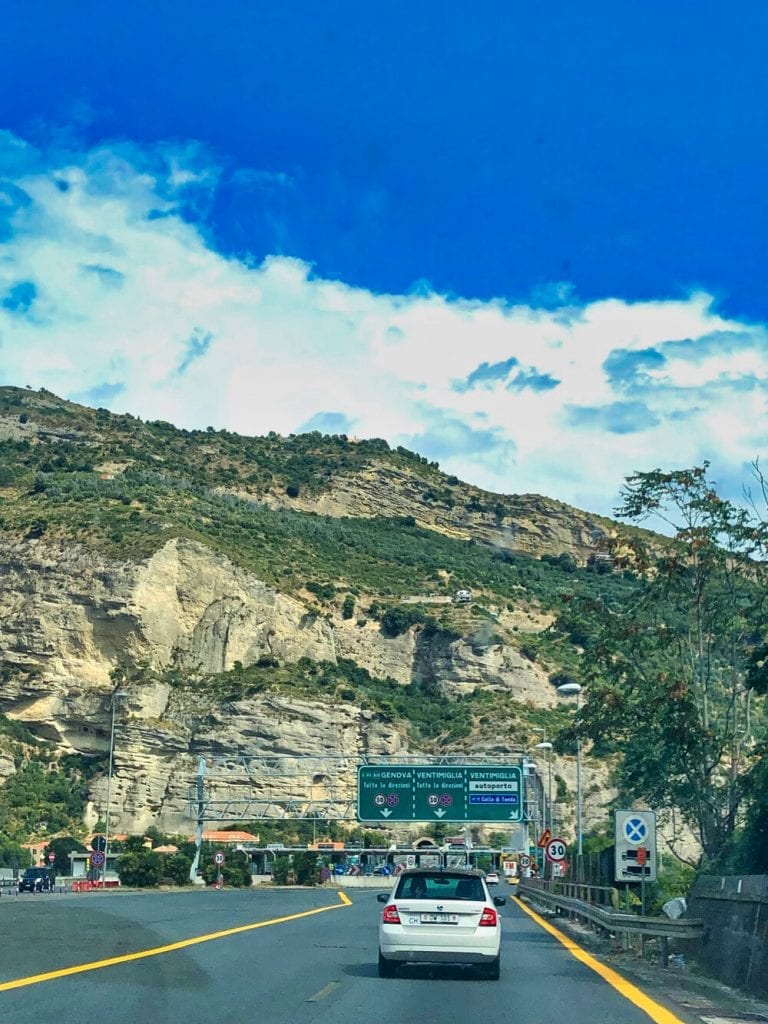
3. Speeding. For the most part, you will probably feel so new to a place you won’t speed. We tend to be more cautious when looking for directions or driving on a new road. Chris and I are both have lead feet when driving a lot, so take comfort in us. As far as I know, we didn’t get any speeding tickets in Europe (we haven’t been as lucky in New Zealand!). Keep in mind, however, that most speed traps are electronic now and you’ll simply get a bill in the mail from your rental car company. My mother got one in Italy and it took several months, so we may find a surprise in our domestic mail soon.
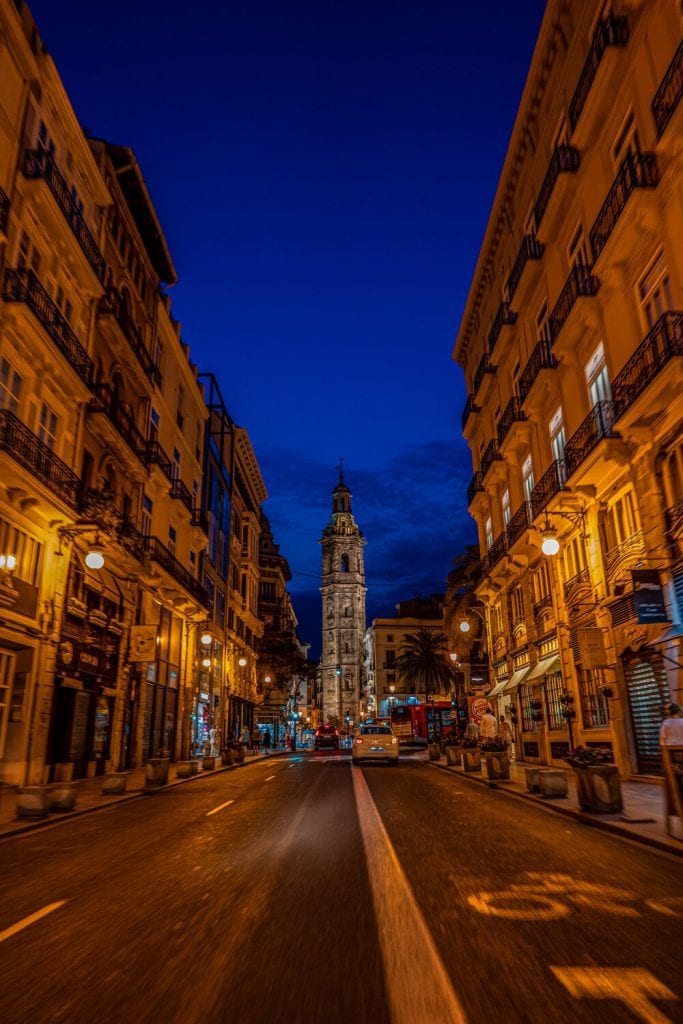
4. Gas and Rest Stops. Thankfully, these are plentiful in all of Europe. We never went for more than an hour or two without a rest stop and petrol station. They are much nicer than US gas stations and usually include a full restaurant. You’ll certainly find better food than you might expect. Maracons and croissants in France can be found at all petrol stations on major freeways. Once you get off the main freeways, you may need to wait a bit longer, but we never stressed about finding a station. However, figuring out how to pay for gas can be another issue!
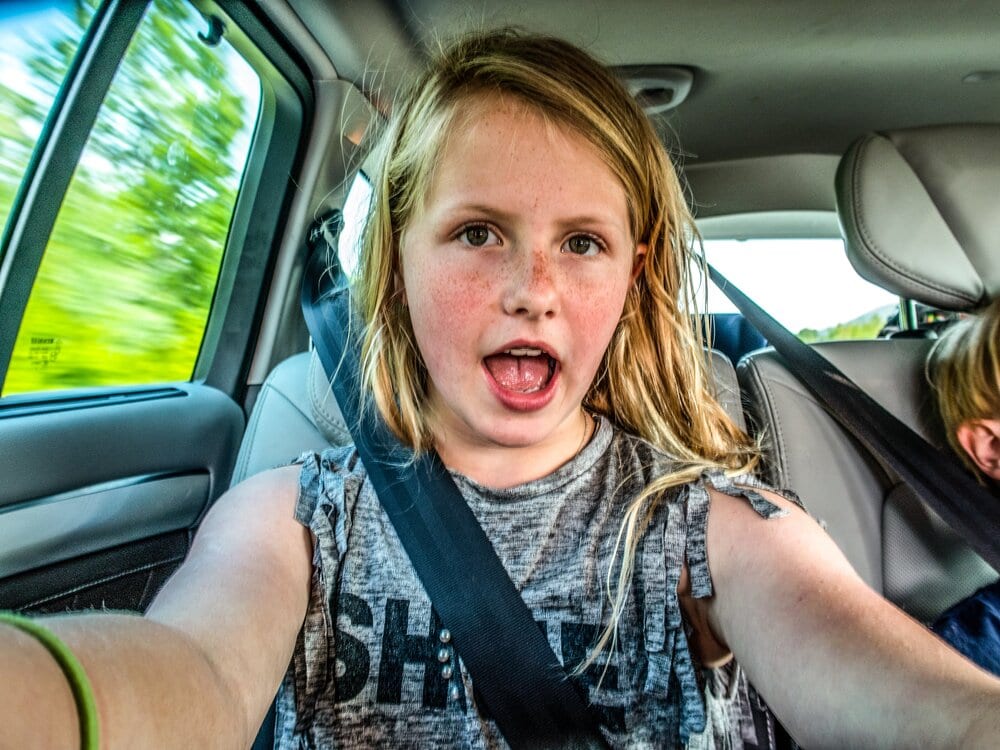
5. Credit Cards. Credit cards in Europe can be tricky. Not as bad as Asia, certainly. Many places in Asia won’t even entertain a credit card. On our Europe trip, we were able to use our credit cards most of the time. For some reason, getting gas seems to be an exception. Probably having to do with the slim profit margins, many petrol stations will not accept your credit card. Most don’t even have the option at the pump (head on in and prepay!) or will only accept local cards at the pump. In France, we had the worst time in this regard. One time, there was a machine that you’d have to prepay with a local debit card or enter cash (trying to anticipate your amount needed), then take the ticket to the pump. Most stations close in France after dark and you are simply out of luck without a local bank card. We spent a few weeks in a remote village in the Alsace region and had a few frustrating experiences.
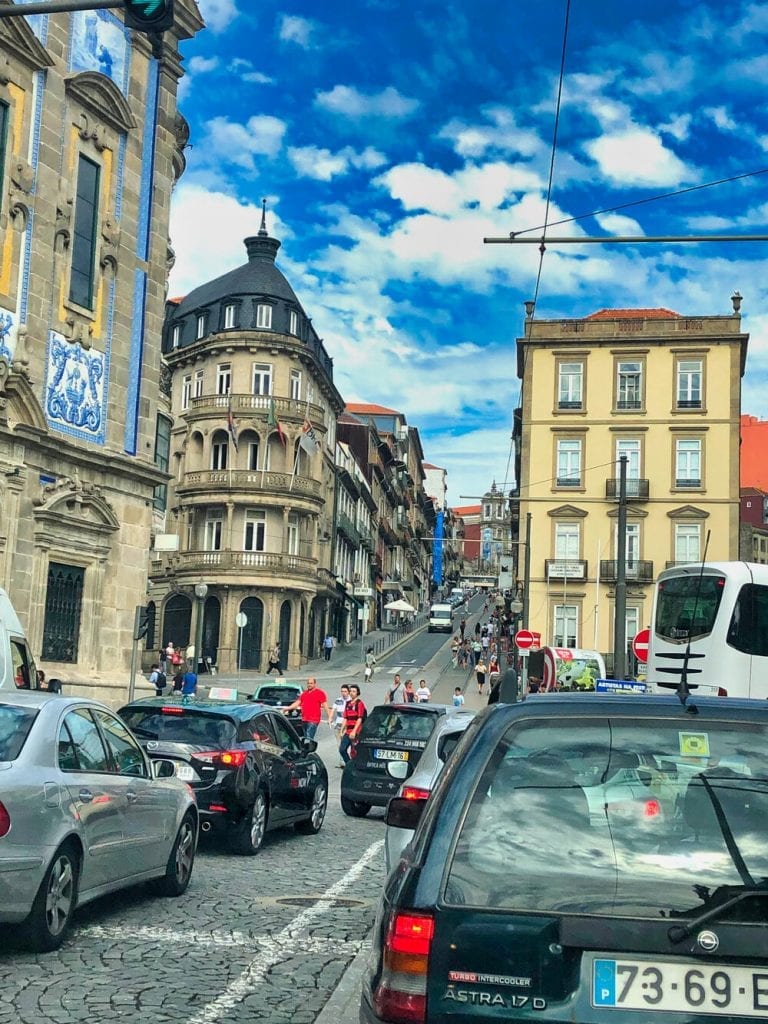
6. 24-Hour Doesn’t Exist. On that note, all stations that we saw close at some point in the night. In Italy, it seemed to be about midnight. In France, near dark. The only station I saw that I thought might be 24-hours was on the border of Switzerland and France at Basel. The no 24-hour rule also applies to restaurants and fast food. (I did find one 24-hour McDonalds, again in Switzerland, but only one!)
For much of Europe outside of big cities, dark means closing. Being night owls, this was a constant rub for us. No groceries, no pharmacies, no food and no gas. Even within big cities, you’d be surprised at how few things stay open late. The work/life balance in Europe is much healthier, frankly, than the US and people want to go home to be with their families. It can be a bit frustrating as a tourist, but with a little planning ahead, you can come to appreciate the healthier perspective for the staff.

7. Toll Roads. This is one thing you must know and can add some difficulty to your trip. Toll roads are plentiful on big freeways in Europe. They are more common near cities, but major freeways have lots of tolls. It is not going to be enough to have your leftover coins either! Tolls add up to serious money. I would estimate in our six months driving in Europe we paid between $500- $1000 in tolls. Some accept credit cards but many are cash only. I always was relieved when it accepted credit cards because it is rare. You’ll need to look for the lane with a symbol of bills and/or coins. This lane may still accept credit cards, but it differs from the electronic pass locals have. One of our rental cars included the pass, but our long-term leases did not. It’s much nicer when you can use this and just drive through the fast lane, so opt for this if offered by your rental car company.
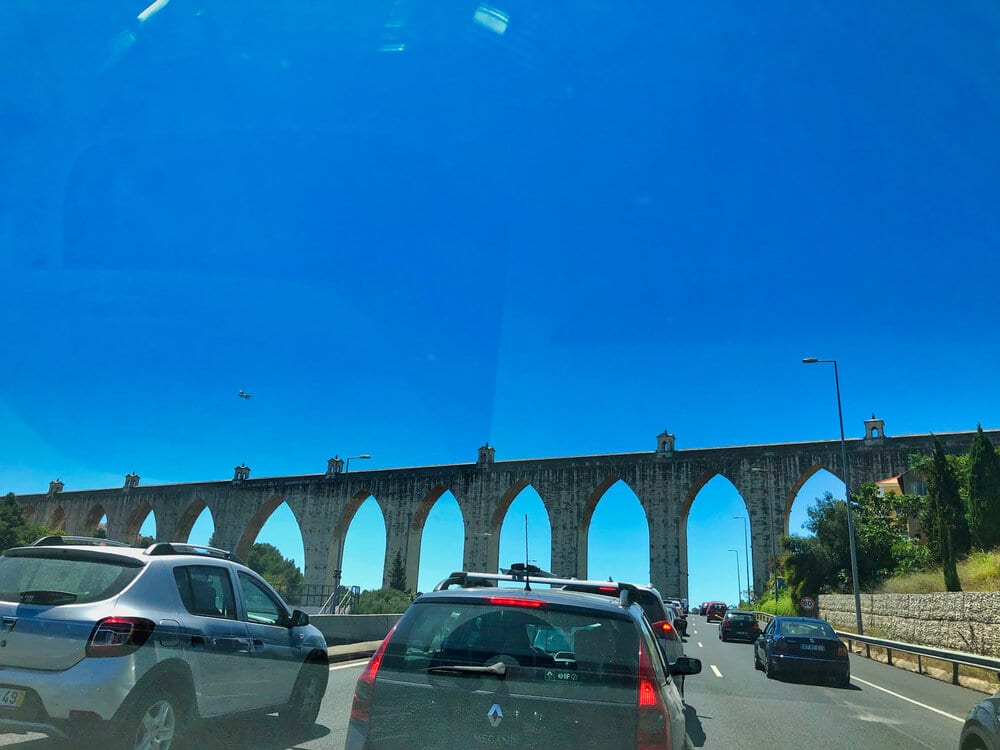
8. Road Courtesy. I don’t remember ever seeing road rage on our Europe trip. Occasionally you might get flashers at you if you forget to turn off your brights or get passed, but driving overall is much more chill. You are expected to have road courtesy and stay in the right lanes unless you are passing. This was always observed.
*Note on parking garages:
10. Remember the Train. Perhaps an odd tip for the blog post about driving, but when taking all these things into consideration, be sure to check if you can train instead. Not only is it a lot less stressful, but trains in Europe are a fun adventure. I have a post about trains in Italy (this was the only country we have a lot of experience in), but I’m sure many of these things apply to the EU in general. Trains are common, well-staffed (when they aren’t on riot. Paris, I’m looking at you) and affordable. Plus, you never had to worry about parking!

Questions or comments? Please leave them below! Enjoy your Europe trip!!
XOXO,
Leslie
Catch great fare deals from Booking.com, Skyscanner, Kiwi.com, or Expedia
Find a nice hotel when traveling from Expedia, or Vrbo, (we also love Tripadvisor and Hotels.com)
Discover more of the world while having fun through exciting activities from GetYourGuide, Airbnb Experiences, or Viator
Need to rent a car to navigate the city? Visit Rentalcars.com.
Get insured while traveling with World Nomads.
Want to have a photo shoot while traveling? Check out flytographer!
Capture your best travel memories as we do with a GoPro, Sony camera, or our favorite drones: DJI FPV, Air, and Mini
Check out your travel necessities from a comprehensive list of all the 7Wayfinders Travel Must-Haves. Click Here!


Taking a Greek Cruise as a Family
Relishing The Snowy French Pyrenees With Kids At Tourmalet Pic du Midi
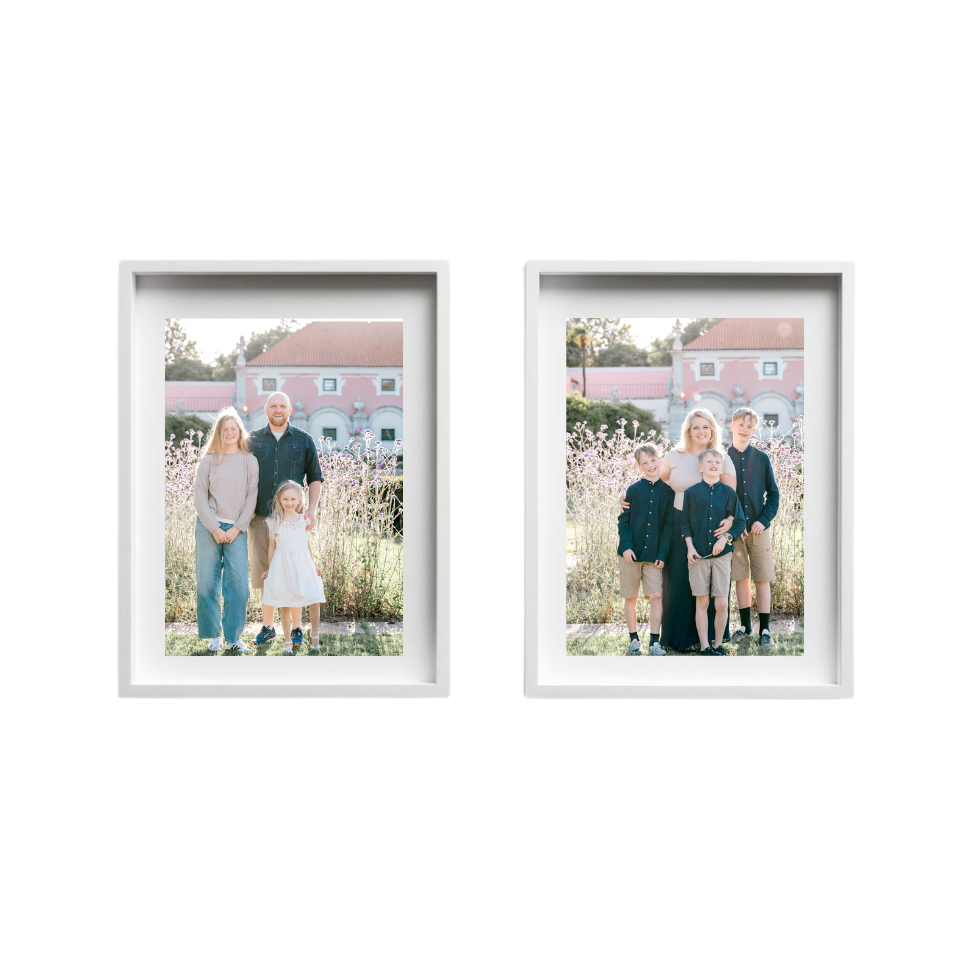
4 Comments